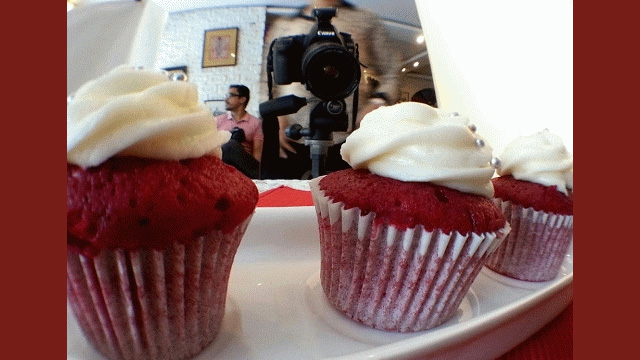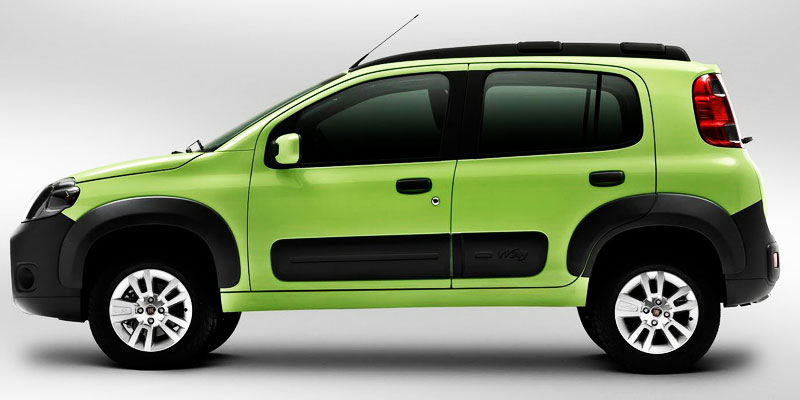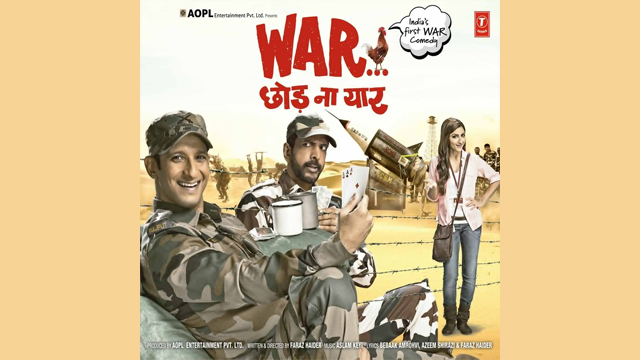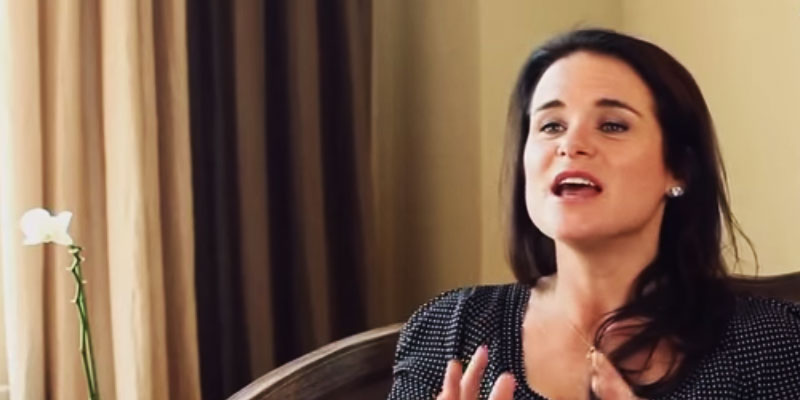Owning a camera does not make you a photographer. Or does it? The latest buzz in the world of photography is food photography and it is as much about amateurs as it is about professionals.
Owning a camera does not make you a photographer. Or does it? The latest buzz in the world of photography is food photography and it is as much about amateurs as it is about professionals.
The overall growth of food culture has led to people sharing their food pictures on Instagram, or even taking classes on how best to capture such shots, to tickle the taste buds.
The simplicity of food photography lies in the subject – it’s right there, in your kitchen or on your dining table. The camera too need not be an expensive one, your phone camera would do. Its easy access is probably one of the main reasons why everyone on your social media list is turning into a food photographer every time he or she goes out to dine and, given this new interest in bold experimentation of different kinds of food, gets loaded with compliments.
And yet, professional food photography is nowhere as simple as it seems.
Mumbai-based Mulchand Dedhia, who is in the advertising industry but doubles up as a food photographer over the weekends, says that the beauty of food photography is that the subject offers a variety while shooting.
“There is look, there is texture, and it involves (food) styling. As a subject, food gives you a variety while shooting,” Dedhia, who also conducts food photography workshops, told IANS on the phone.
“Styling, in fact, is an important aspect of food photography in order to increase the visual appeal quotient. For example, while taking a picture of an Oreo cookie shake, we use tissue balls so that the Oreo cookie pieces stands on the shake and is the hero of the glass,” he added.
Agreed Delhi-based photographer Santanu Sarma. “Also, the scope of food photography has widened with new techniques and different lighting,” Sarma told IANS.
Using the right techniques is very important while shooting food or drinks to make them look appealing. The rise in minimalist cooking has had its effect on food photography as well. Thereby, simplicity is often what is looked at while composing a shot. For example, a dish stands out while using white plates or plain counter tops. For additional colour, a sprig of herb looks refreshing.
Again, a blurred background helps in highlighting the hero – in this case, the food. Shooting a few degrees above the food again gives a good perspective since we are used to looking downward at food.
“With the increased popularity of food culture vis-a-vis new restaurants, food shows and food blogs, food photography has a lot of scope,” says photographer Ranjeeta Das. “However, it’s still difficult to get a breakthrough into this genre as a career.”
Dedhia agreed. “Wedding photography, for instance, is big and people are eager to spend a lot on it, but when it comes to serious food shots, they will be hesitant to pay a professional his due. A lot of restaurants benefit from publicity through their customers who tag their food photos in the social media,” he said.
As a hobby and a passion, though, food photography is garnering interest like never before. “In the workshops that I conduct, I also have a food stylist, and we teach the students about the various aspects of such photography. For instance splash photography. A splash from a glass of water looks simple, but artificial ice is being used, colouring agent used in the water, and even corn flour (in the water) in order to make the drink thick and splash more prominent,” Dedhia said.
Housewives, students, professionals – there are a lot of takers for such photography workshops. “Five years back you had to spend Rs.50,000-100,000 on a DSLR camera (for such photography), but today your phone of Rs.15,000-20,000 is good enough for such shots with no additional lens,” he added.
-IANS





